SentiSight.ai offers four different image recognition model types, single-label classification, multi-label classification, instance segmentation, and object detection, all of which have similarities as well as differences, with each of them excelling at different types of tasks. While the models can be used to classify the content within images, the approach they undertake is dependent on the task aims and envisioned results. This article defines key similarities and differences between the four models, as well as provides examples of the use cases of each model, to help you to decide which model type is needed for your project requirements.
A Brief Description of the SentiSight.ai Model Types
SentiSight.ai AI image recognition online software provides 2 types of classification:
- Single-label classification
- Multi-label classification.
Both models adhere to the same recognition principle which assigns one or few concepts or “tags” to an image. The single-label classification model can recognize a single object (for example, a certain type of fruit, animal, or specific electronic device) or an abstract concept (such as a season of the year, animal taxonomy, or a mood of a person) in an image. On the other hand, the multi-label classification model allows the recognition of multiple objects or concepts in one image. Therefore, it can recognize several different physical objects, such as fruits, vegetables, or different electronic devices within one image. It could also recognize more than one abstract concept in the same image, for example, the mood and gender of a person.
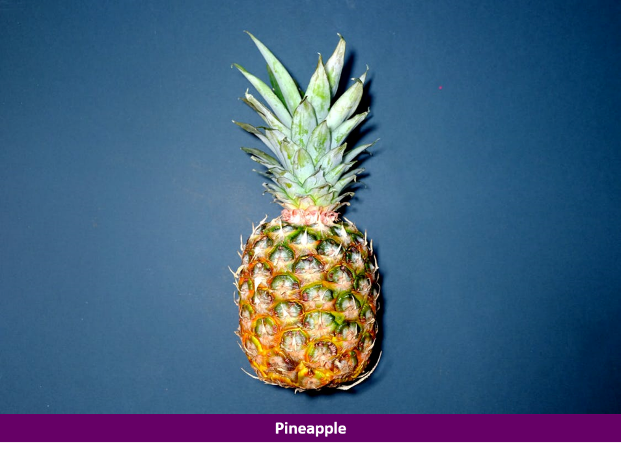
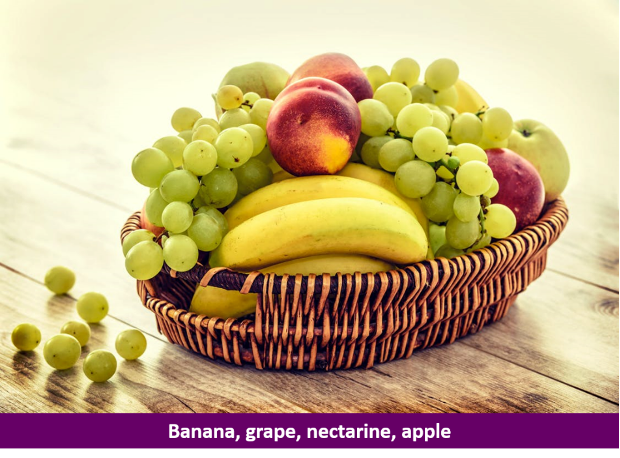
Object detection is another AI image recognition model offered by SentiSight.ai. Similar to the multi-label classification model, object detection can identify a number of different objects in an image. However, unlike the multi-label classification model, object detection also identifies the exact location of each object and marks it with a dedicated rectangular box. Moreover, object detection models can identify several instances of the same type of objects (for example several apples in an image) and can even be used for counting these instances, which is not possible by multi-label classification. However, object detection models fall short to identify some of the abstract concepts, which we will discuss later.
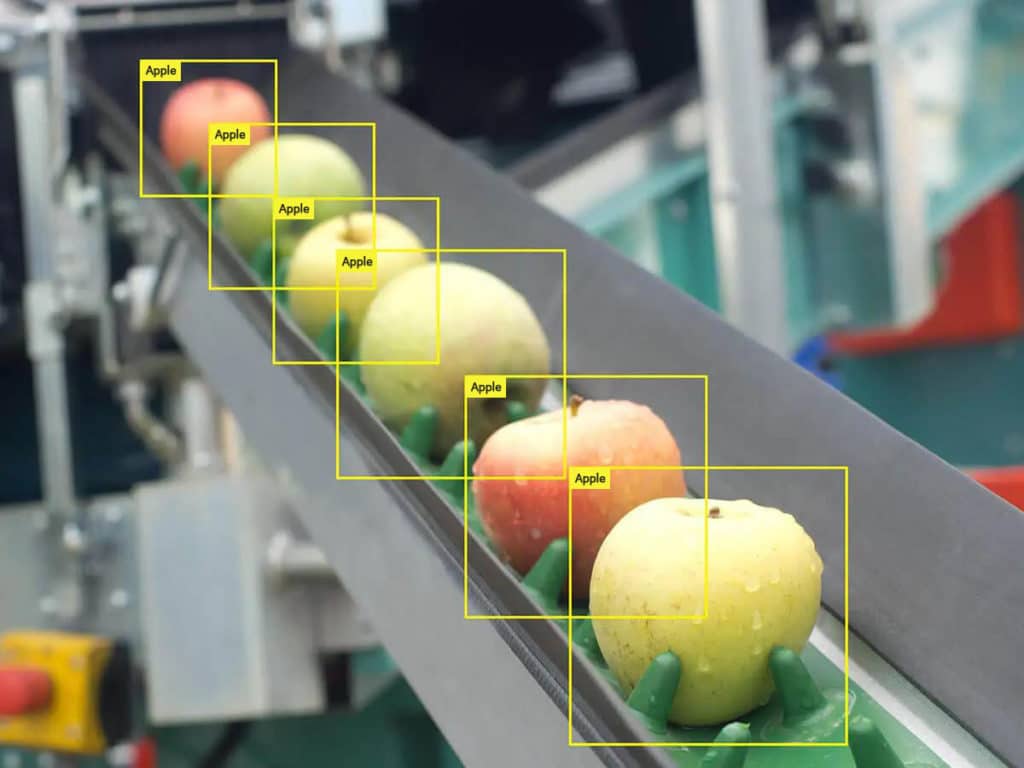
Furthermore, SentiSight.ai offers an image segmentation model. Image segmentation is a difficult computer vision task that involves pixel-level accuracy in identifying and defining each object of interest in an image. It combines both object detection and segmentation by detecting a bounding box around each object and then identifying each pixel in the bounding box as belonging to the object or not. Similar to object detection, it identifies the exact location of the object and marks it with a segmentation mask.
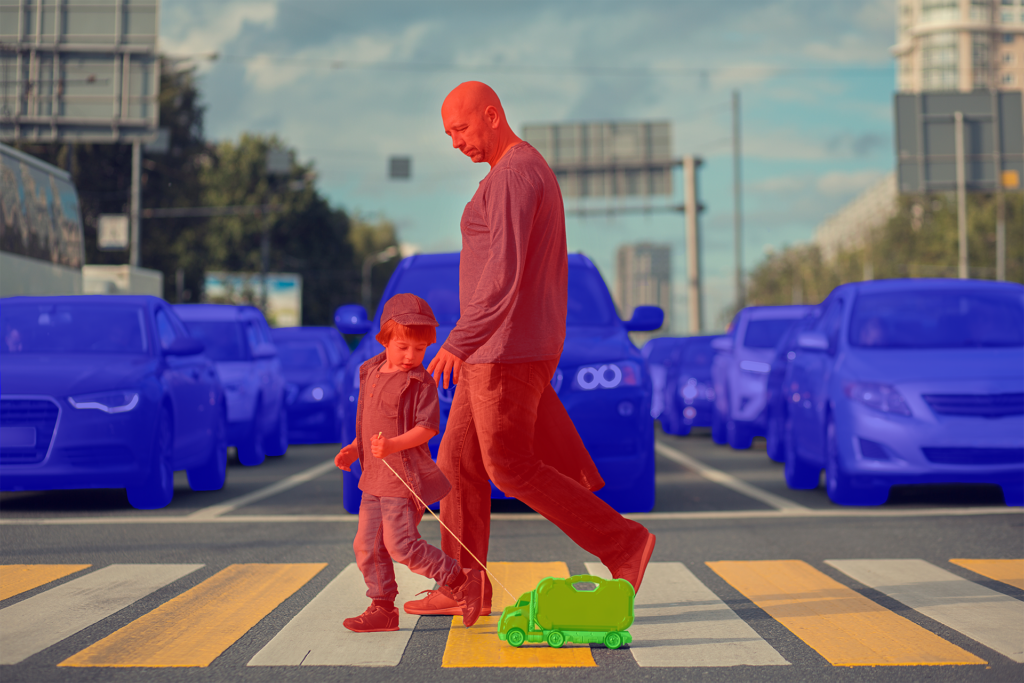
Understanding which model suits your needs best
Each SentiSight image recognition model has certain strengths and limitations that are important to consider when choosing which model to work with.
Single-label models
Single-label classification models are best suited for when there is a single object or concept in an image and this object/concept occupies most of the space. Additionally, this model is best applied when the background is uniform/insignificant and persists in all images within the dataset to be classified.
For example, single-label models are very well suited to a type of fruit (apple, orange, kiwi, pineapple, etc.) and if there is always just a single fruit with a uniform background in an image. It is also very useful to determine a single concept in an image, for example, a room type (living room, kitchen, bedroom, etc.).

In some cases, a single-label classification model can even be used if the user is seeking to detect multiple objects or concepts in an image. To achieve this, a single-label classifier can be used to detect whether a certain object or concept (e.g. pineapple) is present in the specified image or not. This process can be run multiple times to detect several concepts within a dataset of images, with different models being applicable for different concepts. In this case, each concept requires a dedicated single-label model. Although reliance on this model might require more time compared to a multi-label model, the results can sometimes be more accurate.
When training a single-label model to determine whether a particular object or concept is present in an image, it is important to distinguish between the object/concept of interest and the background. Images that do not contain the desired object/concept should be labeled as “background”. Users must then train a single-label model that can differentiate between the two classes, a process that requires to be repeated for each concept of interest. To learn more about training a single-label classification model to distinguish one or more non-exclusive concepts in an image watch our video tutorial.
Multi-label models
As indicated in the previous section, SentiSight’s multi-label classification model has certain advantages compared to the single-label model. This model is designed to detect multiple object or concept classes within a set of images in a relatively short time. In other words, this model works faster than running the single-label model multiple times.
Compared to object detection models, the multi-label classification model has the advantage of being able to recognize multiple abstract concepts within an image. For example, it can be utilized to separate abstract image settings (such as summer/autumn/winter/spring, outside/inside, cloudy/sunny). Such abstract concepts do not stand for specific objects per se. Therefore, they cannot be identified using object detection models.
Object detection models
Comparing object detection models with single-label and multi-label classification models, a few important differences are noteworthy. The object detection model performs much better than both types of classification models when the objects of interest within the image are small and the image contains a lot of background objects. Moreover, object detection models allow for the possibility to detect several instances of the same object and count those that are present which is not possible to do using the classification models.
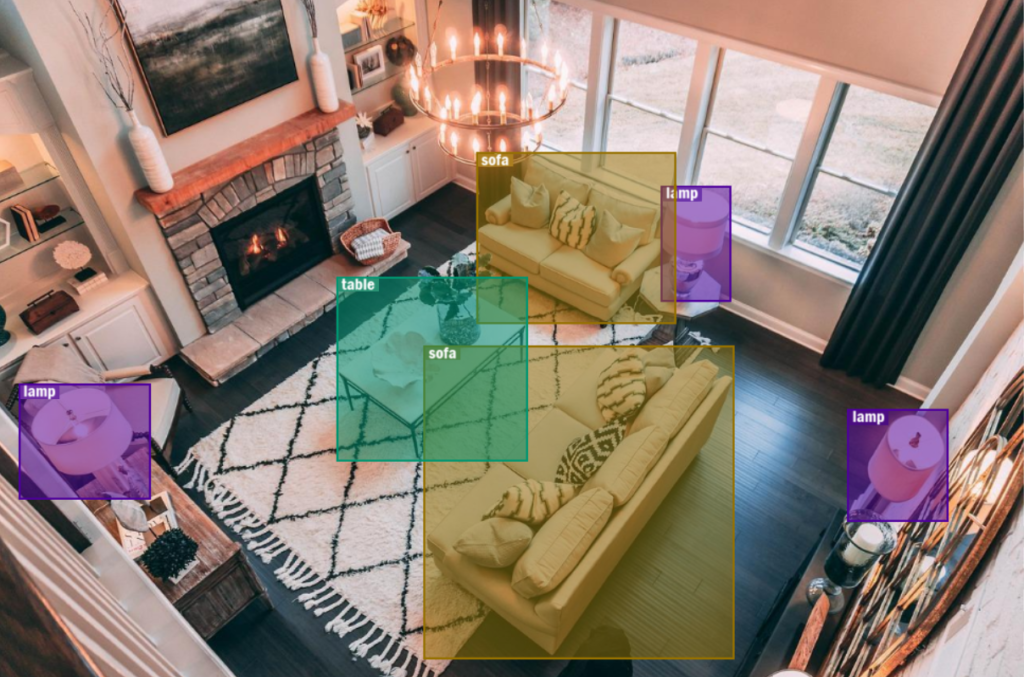
Despite its similarity to multi-label classifications, object detection is designed to mark specific objects’ locations within images and present more accurate results with an additional layer of identification. This model is more convenient in situations where the purpose underpinning the detection is to detect and highlight a specific object.
Another important aspect when comparing multi-label classification and object detection models is speed. Although the prediction time for object detection models is very similar to multi-label classification models, the training time varies. Object detection models require significantly longer time for training than multi-label classification models. Moreover, the image labeling process for object detection models takes longer since it requires marking each object of interest with a bounding box.
Therefore, although multi-label classification and object detection models have similarities, certain projects would require using one over the other. This is dependent on the aim of the task.
Image segmentation models
Image segmentation, also known as instance segmentation, models work well both within images that have uniform backgrounds as well as the ones that contain several background objects. Similar to the object detection model, it allows the detection of several instances of the same object within the image by marking them all separately.
Compared to multi-label classification and object detection models, both image segmentation model training and image labeling take quite a long time. That is because segmentation training calls for images containing either polygon or bitmap labels that require more precision than labeling with e.g. bounding box labeling tool.
The main goal of image segmentation is to partition the images into smaller meaningful pieces (segments). This model is designed to separately highlight specific objects to make it easier to analyze the bigger picture and solve the computer vision task at hand.
The Use Cases of SentiSight Models in Industry
Each SentiSight AI image recognition model can be utilized for a different set of projects. The following paragraphs will provide a few examples of how each model can be employed in various fields.
Single-label classification models
An example use case for a single-label model could be defect detection of products. This is most commonly used in factories by manufacturers in order to reduce human error and help speed up the manufacturing process at an efficient cost. A single-label model will be best suited in this case when an image is taken of the object without much background present and there is no need to localize the defect. Otherwise, the object detection model might be more suitable.
Also, single-label models could be used in museums or science centers. The web-based tool can be used to separate various animals or plants’ species and sort image collections accordingly. Therefore, this model could significantly ease the process of visual database management or help to retrieve the best images for specific purposes.

Multi-label classification models
Multi-label classification models can be used to manage large image databases for various purposes. For example, multi-label labels are most suited to adding automatic hashtags for photos. These hashtags can later be used to quickly filter through relevant images with the same hashtag or even group photos with certain hashtags. This application is prevalent across social media networks, such as Instagram and Twitter, or any website that contains a vast amount of user-uploaded images.
Multi-label models can be used for content moderation. For example, this tool can scan large amounts of content on social media or other sites to identify inappropriate visual content such as guns, drugs, or nudity, and identify multiple concepts of these examples with the one trained model. Thus, multi-label models highlight the content for website moderators and speed up the process of content removal/moderation.
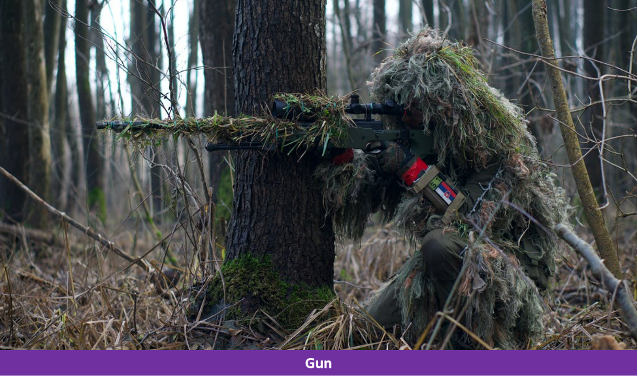
Object detection model
SentiSight.ai object detection models can be very useful in the medical field. For example, this model can be trained to spot different types of cancer in MRI scans and improve the efficiency of early diagnosis. The ability to mark the exact location of the irregularities and relatively accurate object labeling (compared to a multi-label classification model) would be crucial for doctors or medical students.
Another field where object detection models could be highly beneficial is agriculture. This model could be used in large agricultural farms to spot plant diseases, insects, and worms as well as indicate ripe crops. Therefore, this software can facilitate the management of large farms by eliminating the need to check every plant individually.
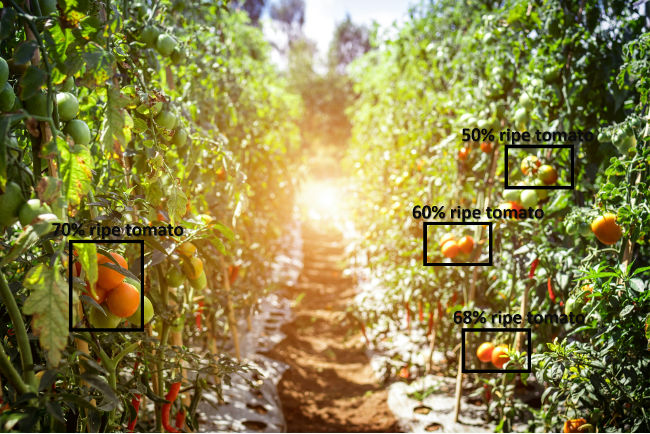
Image segmentation model
SentiSight.ai instance segmentation models can be applied in a variety of use cases. For example, in the development of self-driving cars, the models can detect pedestrians, and brake lights, as well as locate objects on the road, such as obstacles, marked crosswalks, road signs, etc.
Moreover, in robotics image segmentation models are helping robots to perceive the world around us to perform the tasks with more precision. Furthermore, applied in medical imaging they can be trained to locate tumors, bone fractures, blood clots, and other masses to help medical staff quickly and precisely treat their patients.
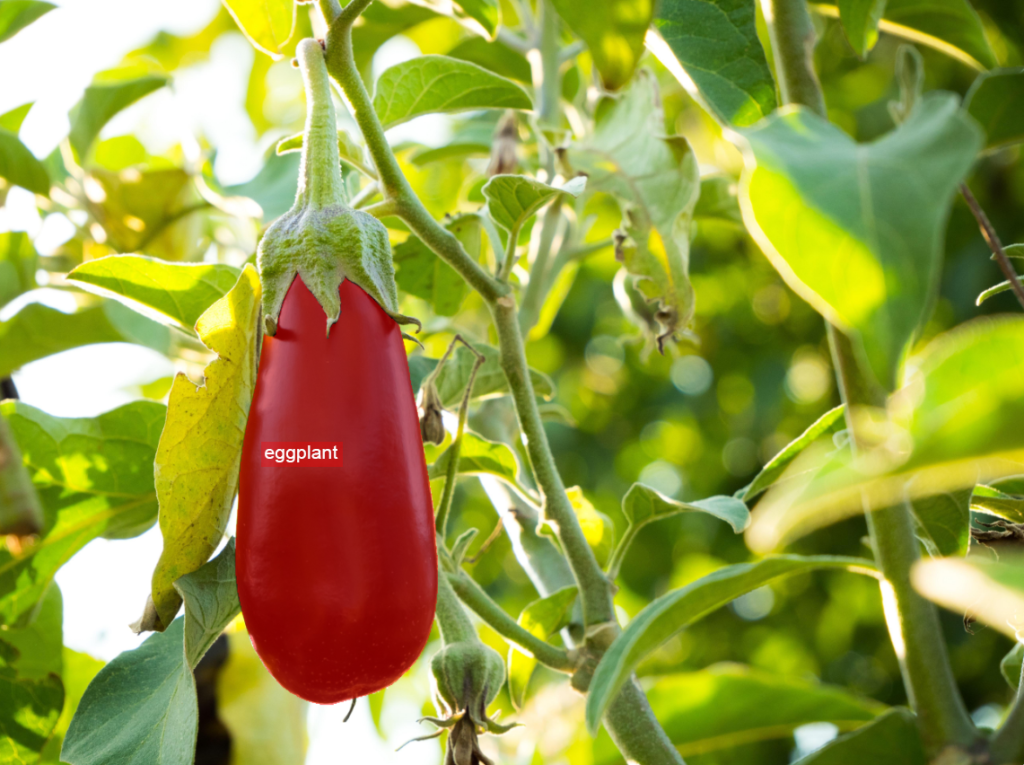
Conclusion
To sum up, the SentiSight AI image recognition models discussed in this article have very distinctive yet useful features. This article highlighted the key differences between these models, which revolve around performance, accuracy, and speed. These features are particularly important when choosing the best SentiSight.ai image recognition model for the fulfillment of certain tasks and projects.
